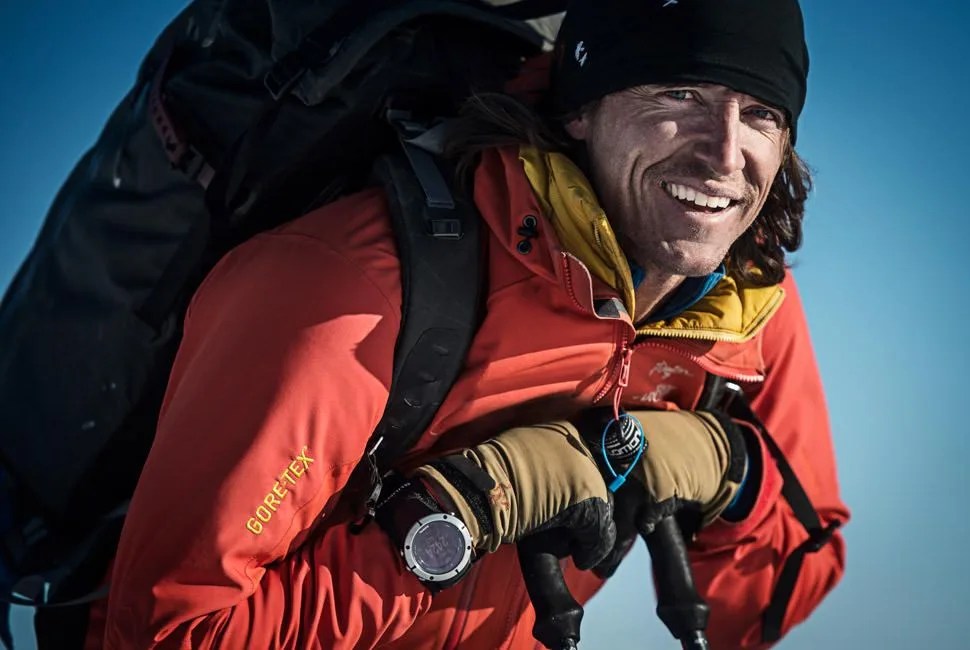Most professional skiers are known for skiing down insane lines on big mountains. Ski mountaineer Greg Hill, on the other hand, is better known for skiing up them, putting in almost inhuman efforts to hike and ski massive amounts of vertical. In 2006, he ski toured 50,000 vertical feet in a day, which is about twice what your average heli operation does. In 2010, he did two million vertical feet in a year, averaging more than 7,500 feet for 266 days in the mountains of Canada, the US, Chile and Argentina. Last March, he knocked out 100 vertical kilometers (or 328,000 feet) over the course of a grueling month in the powder-rich ridges and couloirs above his hometown of Revelstoke, British Columbia. These accomplishments have earned him the reputation of a hard-driving, vertically obsessed masochist, not to mention an incredibly fit and talented backcountry skier.
But last April, in the prime of his fitness and confidence, Hill triggered an avalanche on Pakistan’s Gaashot Mountain, an unclimbed and unskied summit near Nanga Parbat. The slide caught him, tumbling him more than 1,000 feet and breaking his tibia. Now, for the first time in years, the unstoppable Hill has been sidelined from his big mountain pursuits, forced to rebuild his strength and skills the only way possible: slow, hard work. We caught up with Hill during a last-minute trip to Japan and spoke with him about what it takes to go big in the mountains day after day, weighing the risks of backcountry skiing and the hard road to recovery.
MORE GP INTERVIEWS: James Fairbank, Rapha Cycling | Buck Tilton, NOLS | Craig Alexander, Ironman
Q. What’s one thing every man should know?
A. Every man should know how to cook a few decent meals. Invariably we burn our brownie points quickly, so being able to earn some back is priceless.
It tore my finger off, and I crashed down onto the boat.
Q. What’s the hardest thing you’ve ever done?
A. Endured through a night at 20,000 feet in Pakistan with a broken leg. I sat there and patiently accepted my mistake, while shivering and somehow maintaining a positive attitude through it all.
Q. What are you working on right now?
A. Right now I am working at rehabbing my leg, getting it as strong as I can. Essentially, I need to teach myself to be strong again; it’s a long process that requires a lot of dedication.
